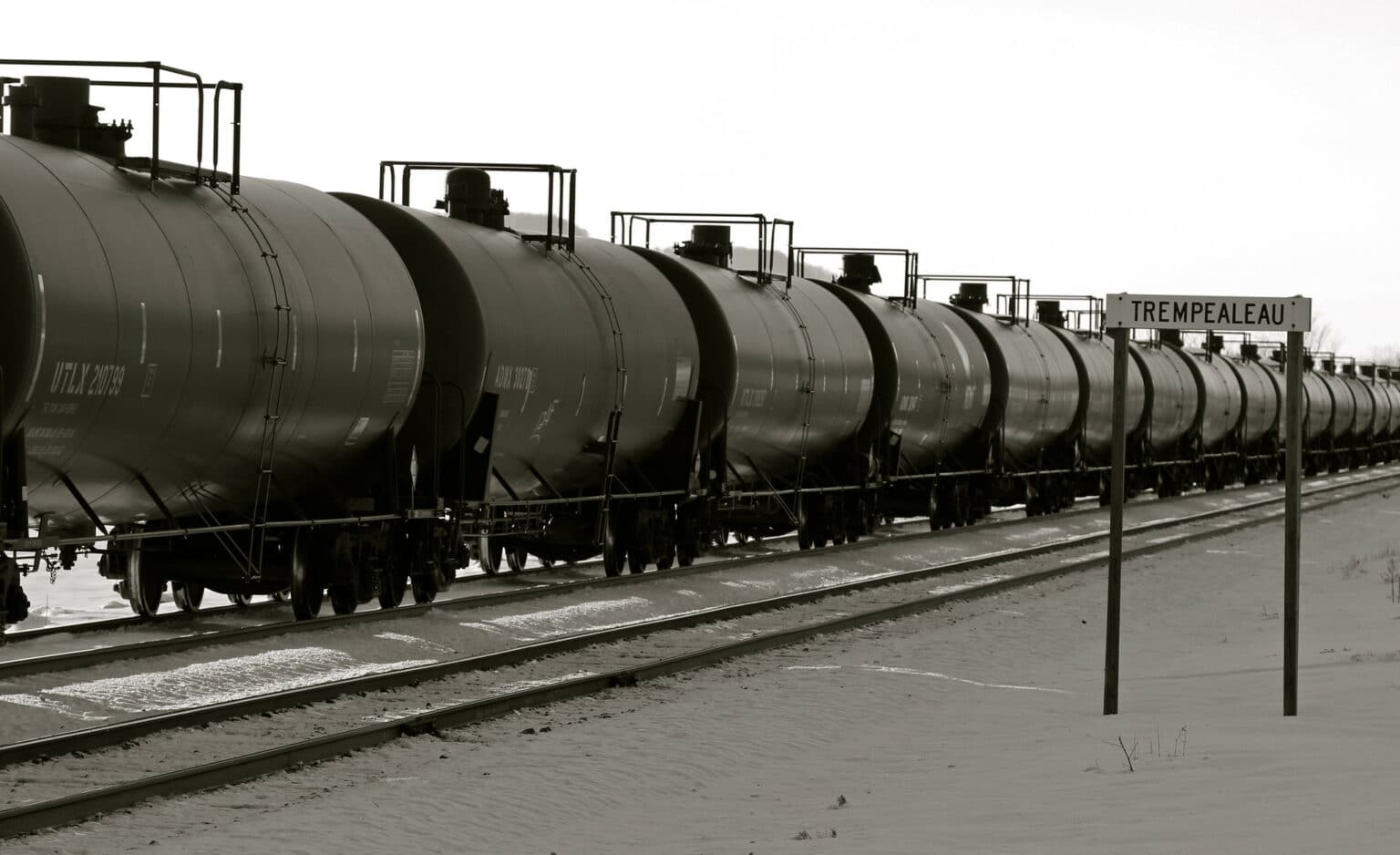By Kenny Stancil, Common Dreams
After Congress lifted a ban on crude exports in late 2015, oil and gas production in the Permian Basin soared while domestic consumption remained flat—leading to a massive build-out of pipelines and other infrastructure that culminated in the U.S. “flooding global markets” with fossil fuels at the expense of humanity, in general, and vulnerable Gulf Coast communities already overburdened by pollution, in particular.
That’s the focus of the third chapter of The Permian Basin Climate Bomb, a six-part multimedia report by Oil Change International, Earthworks, and the Center for International Environmental Law. The latest installment, released Wednesday, shows that the drilling and fracking boom that turned this area in the U.S. Southwest into “the world’s single most prolific oil and gas field” over the past decade was not driven by rising domestic demand, but by a surge in exports after 2015.
Between 2015 and 2020, U.S. oil consumption actually declined by 7 percent. There was no corresponding decrease in extraction in New Mexico and Texas, however. Instead, fossil fuel production in the Permian Basin increased by 135 percent during the same time period.
That growth in output coincided with a simultaneous increase in oil and gas exports from the Gulf Coast, which skyrocketed by 589 percent from 2015 to 2020.
Before December 2015, when sales were restricted to Canada, crude exports made up 5 percent of U.S. oil and gas production. By 2020, they reached 30 percent.
According to the report, “The export boom is not confined to crude.” The authors cite Matt Schatzman, the CEO of a liquefied natural gas (LNG) company, who said in 2019 that “every incremental hydrocarbon produced [in the Permian Basin] from this day forward—whether it’s oil, liquids, or gas, needs to be exported.”
As the report notes, “It is no coincidence that production growth in the Permian Basin accelerated after crude oil export restrictions were lifted by Congress in late 2015.” But repealing the ban “was not enough on its own to trigger the twin booms of both production and exports in the Permian and Gulf Coast.”
For the surge in exports and production to materialize, “a vast network of pipelines, processing plants, storage tank farms, and export terminals had to be built,” states the report. “The build-out of pipelines in the last five years has been particularly intense,” as the following graphic makes clear.
“This infrastructure,” the report points out, “burdens communities with pollution and safety risks, and locks in a system of energy and chemical supply that the world can no longer sustain.”
In addition to the construction of over 12,000 miles of pipelines since the end of 2015, “Gulf Coast export terminal capacity has increased more than threefold” since the ban was lifted, the report says. “Additional export capacity could lower the cost of and accelerate crude exports,” which “could lock in gas supply to countries that could be moving more quickly to renewable energy.”
In response to Permian oil and gas producers’ plan to increase production by more than 50 percent from 2021 to 2030—the focus of the second chapter of the report—Lorne Stockman, research co-director at Oil Change International, said that “this must not happen.”
The third chapter of the report highlights several proposed export terminals facing community opposition, including the Sea Port Oil Terminal (SPOT) located near Surfside Beach, Texas; the Texas Gulflink Terminal near Jones Creek, Texas; the Rio Grande LNG Terminal near Brownsville, Texas; and the Plaquemines LNG Terminal near Ironton, Louisiana.
John Beard, a member of the Port Arthur Community Action Network, said in a statement that “gas from the Permian fuels the industrial beast of pollution in the Gulf coast, especially in Port Arthur, Texas, my home.”
“This ‘boom’ has contributed to environmental degradation, significant loss of quality of life, nonattainment air quality, water-borne pollution, and diminished health for my fenceline community,” Beard continued. “Fracked Permian gas contributes to our significantly higher risk of cancer, heart, lung, and kidney disease.”
Noting that unmitigated greenhouse gas pollution will increase the frequency and intensity of hurricanes and catastrophic flooding, Beard said that “Port Arthur, and the entire Gulf Coast, has become a sacrifice zone, so America can feed its thirst for toxic fossil fuels.”
“We can no longer afford to be the unwitting victim of this exploitation from the use of fracked Permian gas,” he added. “It needs to end, NOW! And utilize clean, green renewable sources of energy in its stead. We say, ‘Keep it in the Ground.'”
The International Energy Agency recently reiterated its message that there is no need for investment in new fossil fuel production, adding that the extraction and burning of dirty energy must decline this decade while the worldwide generation of clean energy must accelerate immediately.
Just before the start of COP26, meanwhile, the United Nations Environment Program lamented the fact that global fossil fuel use is projected to increase this decade even as annual reductions in coal, oil, and gas production are necessary to avert the worst consequences of the climate crisis.
According to an analysis released during the summit by Climate Action Tracker, the planet is currently on pace for 2.4°C of heating this century, unless countries—starting with the rich polluters most responsible for exacerbating extreme weather—rapidly and drastically slash greenhouse gas emissions, ramp up the transition to renewable energy, and enact transformative political-economic changes.
As Common Dreams reported last month, there are nearly two dozen fossil fuel projects—among them the Line 3, Dakota Access, and Mountain Valley pipelines and several LNG export terminals—that President Joe Biden has the executive authority to block. In addition, his administration can halt the sale of new fossil fuel leases for public lands and offshore drilling.
There’s also room for Congress to act. The authors of the new report point to a study published in early 2020, which showed that “reinstating the oil export ban could lead to reductions in global carbon emissions by as much as 73 to 165 million metric tons of CO2-equivalent each year—comparable to closing 19 to 42 coal plants.”
This article originally appeared on Common Dreams and is republished under Creative Commons (CC BY-NC-ND 3.0).
Subscribe to our newsletter
Stay up to date with DeSmog news and alerts






